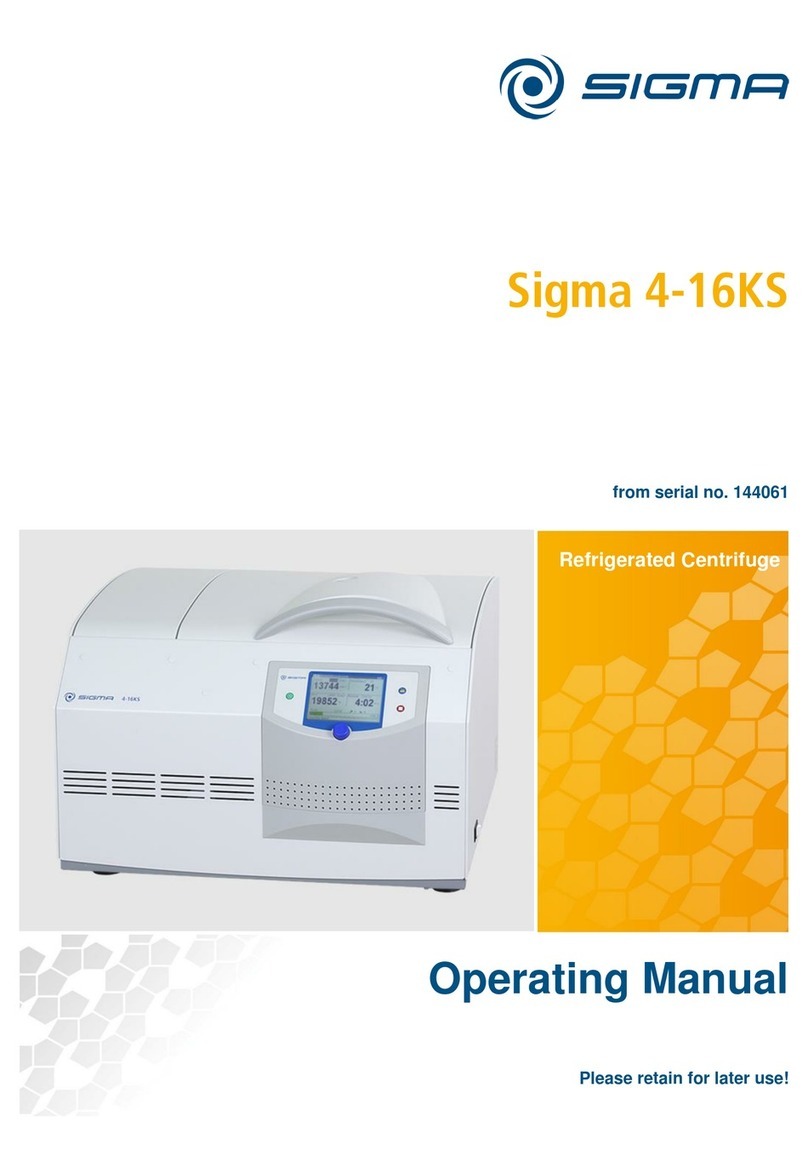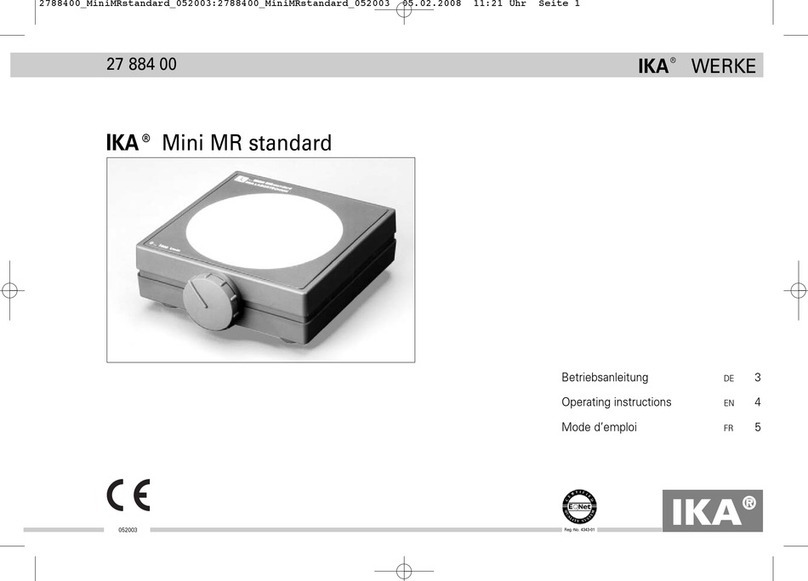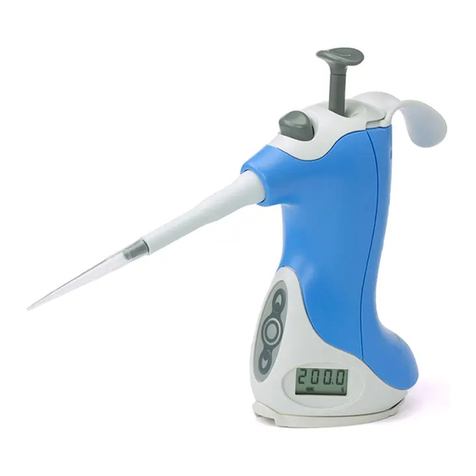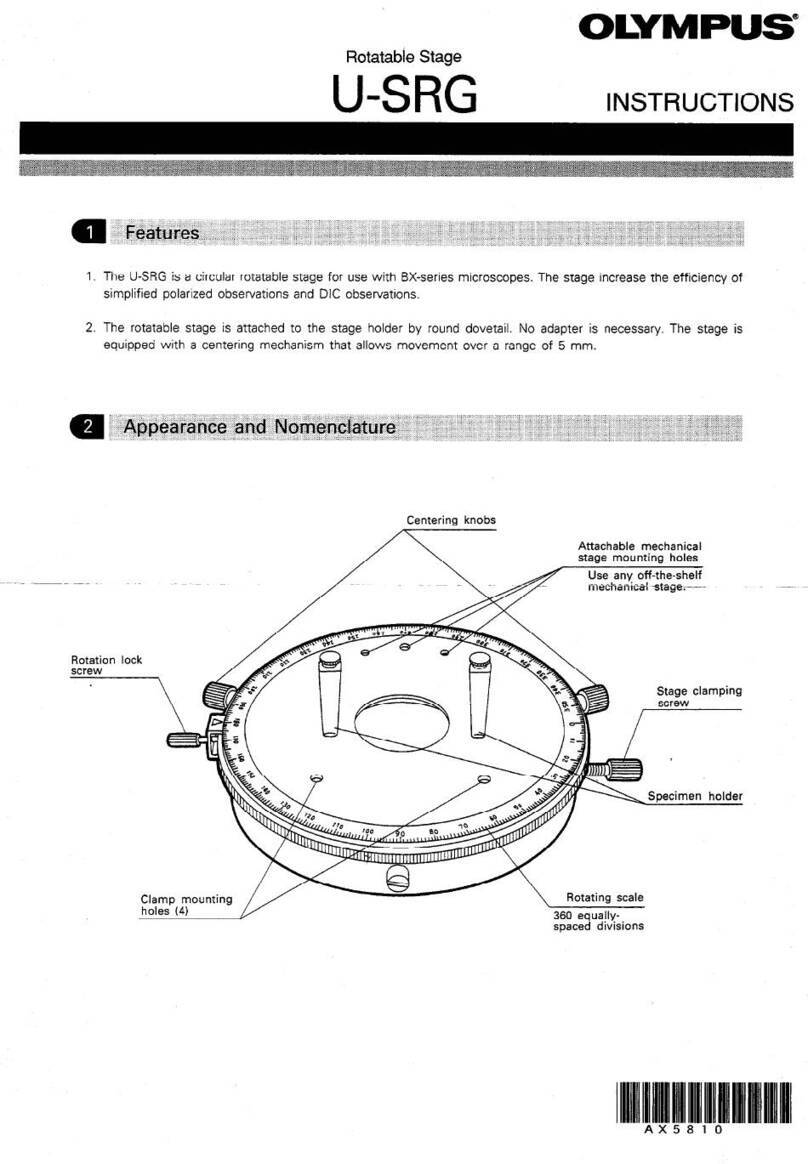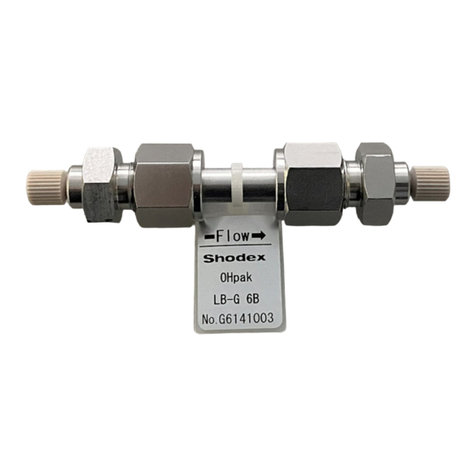Himel HTND2 Series User manual

HTND2 Series
User Manual
Please carefully read the user manual before
the installation and use of the products,and then
keep it properly as backup.

1. HTND2 series is a new developed LED display AC voltage
stabilizer based on HTND. It is controlled by CPU, while it
has elegant appearance, wide range for stabilizing voltage
and no additional distortion. Overvoltage protection and
short circuit protection are included in HTND2 (undervoltage
protection and time-delay selection can be customized). It is
LED display to be easy to read input / output voltage, which
is an ideal AC voltage-stabilized power supply.
Our product has high accuracy and low power loss. It is
suitable for household appliances, school, research units,
laboratory, radio and television equipment, textile machinery,
factories and mines and processing equipment, where need
to be voltage stabilized.
HTND2 series AC voltage stabilizer consists of voltage
regulator, linear integrated control circuit, voltage and
current sampling circuit, CPU, servo motor and transmission
mechanism. When the electric supply fluctuates or the user
load changes, sampling circuit will process the signal of
voltage change via control circuit, and then servo motor
drives the relative movement of brush arm on the regulator
which means adjust the turn ratio of primary and secondary
windin gs in order to stabi lize th e output voltage
automatically.
2. Standard: EN 61000-6-2, EN 61000-6-4, EN 61558-1
Overview
High Precise Full-Automatic AC Voltage Stabilizer
1

Main Technical Parameters
2
1.Main Technical Parameters
Pole Single-Phase
Item
Input Voltage Range
Output Voltage 220V
246±4V
Output Overvoltage
Output Voltage Precision
Frequency
Temperature Rise
Efficiency
<80K
>92%
Regulation Time <1s(when variation of input voltage is 10 %)
< ±4%
50/60Hz
150V~250V
Note 1:Standard product is without undervoltage protection. If customer
requires, it can be customized and the undervoltage value is 184±4V;
Note 2:110V output is not available for the product with more than 5kVA
capacity. If customer wants 110V output, it requires to be customized and
output value is 110V±4V. When it is loaded with 110V output, please strictly
follow the rule of 2; .
N o t e 3 : N o p r o t e c t i o n f o r s t a n d a r d p r o d u c t w i t h 11 0 V o u t p u t ;
Note 4: Customization is allowed if input voltage range is out of that above.

HT ND 2-5 000VA
150 220
INPUTOUTP UT
WORK
DELAY
OVER
VOLTAGE
UNDER
VOLTAGE
HIG H PRECI SE FULL -AUTO MATIC
AC VO LTAGE STABI LIZER
12
Product Appearance and Structure
3
2. Output Capacity Curve
1.HTND2-2~10kVA High precise Full Automatic AC Voltage
Stabilizer Appearance
P/Pe
100%
60%
35%
Ux 198 220 Us
Capacity curve:
Output 220V
Capacity curve:
Output 110V&220V
Where
Fig.1: output capacity curve;
P: output capacity;
Pe: rated output capacity;
U: input voltage;
Ux: lower limit value of input voltage allowed;
Us: upper limit value of input voltage allowed.
U(Input voltage:V)
Fig.1 Output Capacity Curve
Fig.2: Front panel of HTND2-10kVA
Panel Part
1. Panel; 2.LED display

1
23
4567
150 220
IN PU TOU TPUT
WORK
DELAY
OVER
VOLTAGE
UNDER
VOLTAGE
1
2
3
4
5
FUS E
+
+
+
+
HTND2- 1000VA
Max.1 000VA
150V~ 250V AC
50Hz/ 60Hz
1
E
110V
220V
±4%
HIGH PRECISE FUL L-AU TOMAT IC
AC V OLTAGE STAB ILIZ ER
Model:
Output rating:
Input voltage:
Output voltage:
Number of phase:
Insulation grade:
Frequency:
AC250V/8A
OUT PUT 220 V
OUT PUT 110V
OFF
ON
4
2 HTND2 series LED Working Mode Display
3 HTND2 -1kVA~1.5kVA End Panel Appearance
Fig.3 Fig.3 HTND2-LED Display
Fig.4 End Panel Part
LCD Display Working Mode:
1. LED panel (lens); 2. Input Voltage; 3. Output Voltage;
4. Working Indicator; 5. Time-delay Indicator;
6. Undervoltage Indicator; 7. Overvoltage Indicato
Where
1. Rocker Switch; 2. Fuse Socket (overcurrent protection);
3. Input Power Cable (plug); 4. Output Three-pin-plug (220VAC);
5. Output Two-pin-plug (110VAC)

4 HTND2-2kVA End Panel Appearance
5 HTND2-3kVA~5kVA End Panel Appearance
+
+
+
+
+
+
OUTPU T 220V
THE MAXIMUM
OUTPUT CURRENT OF 10A SOCKET!
OFF
ON
HTND2-5000VA
Max.5000VA
150V~250V AC
50Hz/60Hz
1
E
110V
220V
±4%
HIGH PRECISE FULL -AUTO MATI C
AC VO LTAGE STABI LIZE R
Model:
Output rating:
Input voltage:
Output voltage:
Number of phase:
Insulation grade:
Frequency:
1
3 4 567 8 9
2
+
+
+
+
+
+
HTND2-2000VA
Max.2000VA
150V~250V AC
50Hz/60Hz
1
E
110V
220V
±4%
HIGH PRECISE FULL -AUTO MATI C
AC VO LTAGE STABI LIZE R
Model:
Output rating:
Input voltage:
Output voltage:
Number of phase:
Insulation grade:
Frequency:
OUTP UT 220V
OFF
ON
1
3 4 5 6 7 8 9
2
5
Fig.5 End Panel Part
Fig.6 End Panel Part
Where
1. Overload Protection Switch (If overload trip happens, re-operation should be
acted after 20-minite waiting); 2. Output Three-pin-plug (220VAC); 3. Input
Neutral Line (N); 4. Input Phase Line (L); 5. Protective Grounding; 6. Output
Neural Line (110VAC); 7. Output Phase Line (110VAC); 8. Output Neural Line
(220VAC); 9. Output Phase Line (220VAC)
Where
1. Miniature Molded Case Circuit Breaker; 2. Output Three-pin-plug
(220VAC/10A);
3. Input Neutral Line (N); 4. Input Phase Line (L); 5. Protective Grounding;
6. Output Neural Line (110VAC); 7. Output Phase Line (110VAC);
8. Output Neural Line (220VAC); 9. Output Phase Line (220VAC)
HDB3W

6 HTND2-7kVA ~10kVA End Panel Appearance
1 Single-phase 1kVA~30kVA Diagram of Sampling and Control Part
1
2
CN6
WE N D U
1
2
CN5
1
2
CN4
1-FE NGJI-2
1
2
3
CN11
CON3
1
2
CN3
DI A N L I U
Q4
R7
R14
W2
W1
R17
R11
IUT
OUT
R26
4.7K
R29
R28
+5V
+12V
R27
10K
-12V
C17
104
C16
104
C18
1
2
3
4
CN10
ISP
+5V
+5V
1
2
CN8
YANSHI
1
2
CN7
QIAN YA
D5
J1
Q5
R30
+12V
R31
R32
C15
104
W3
+5V
+5V
1
2
3
4
5
CN12
LCD
FM1
5V
+5V
3
4
5
6
7
8
9
10
11
VCC
12
13
GND
14
23
24
25
26
27
281
2
15
16
17
18
19
20
21
22
U1
R19
R18
+5V
C12
C11
R13
R12
+5V
R8 R9
R15 R1 6
1
2
3
4
D1- D4
C2
C1
C7
1
2
3
CN1
13 V 13V 0 V
C4
C6
C3
+5V
Q3
R2
R1
U4 R3
+12V
-12V
C5
A1
K2
C
3
E
4U2
817 C
1
2
3
4U3
R6
Q2
Q1
1
2
CN2
Mot or
RF1
C8
+5V
R4
ZD2
R5
ZD1
C9
C10
+12V
R23
R24
VCC
C14
R22R21
C13
R20
R25
10
R10
R33
R34
1
2
CN2
A
-
+MG1
K2
D1-1
K3
D1-2
电机
输入 (L)
150-250V A C
输出( L )2 20 V AC
输出( L )1 10 V AC
零线( N)
13V
0
13V
FUSE K1
T1 !
!
+
+
+
+
+
+
OUTPUT 220V
THE MAXIMUM
OUTPUT CURRENT OF 10A SOCKET!
OFF
ON
HTND2-10kVA
Max.10kVA
150V~250V AC
50Hz/60Hz
1
E
220×(1±4%)V AC
HIGH PRECISE FULL-AUTOMATIC
AC VOLTAGE STABILIZER
Model:
Output rating:
Input voltage:
Output voltage:
Number of phase:
Insulation grade:
Frequency:
1
3 4 5 6 7
2
Electric Diagram
6
Fig.8 Diagram of Sampling and Control Part
Fig.7 End Panel Part
Where
1. Miniature Molded Case Circuit Breaker; 2. Output Three-pin-plug (220VAC/10A);
3. Input Neutral Line (N); 4. Input Phase Line (L); 5. Protective Grounding;
6. Output Neural Line (110VAC); 7. Output Phase Line (110VAC);
8. Output Neural Line (220VAC); 9. Output Phase Line (220VAC)
HDB3W

1 The nominal power of the voltage stabilizer is maximum
apparent power, however, the nominal power of the
household appliances is active power, e.g. fridge, air
conditioner, motor. Such a kind of inductive load has a very
high instantaneous current on the moment of starting, thus 3
to 5 times of nominal power is recommended to select
voltage stabilizer when using fridge and air conditioner. If
2 Single-phase 1kVA~10kVA Electric Block Diagram.
3 Single-phase 15kVA~30kVA Electric Block Diagram Using
Compensation Circuit.
Electric Diagram
7
Fig.9: 1kVA~10kVA Electric Block Diagram
Output
Output
Input
Input
L
L
L
L
N
N
N
N
Fig.10: Single-phase 15kVA~30kVA Electric Block Diagram
sampling control
circuit
sampling control
circuit

input voltage is too low, load shall be decreased, and details
for selection can follow the capacity curve (Fig.1).
2 If stabilizer uses 110V as the output voltage, the output
capacity shall not exceed 35% of rated capacity in order to
avoid being damaged from overload.
3 Check whether the input voltage is in the application scope
of stabilizer, and then switch on the power on the back after
confirmation. The display shall enter into self-check status at
this moment, and all functions will display on the screen.
Meanwhile, output-time-delay indicator shall flash, and the
time-delay indicator will go off after 3-minite flashing. After
then, the voltage stabilizer will get into normal working status
and the output voltage will display a normal value.
4 Before using voltage stabilizer, power supply shall be
checked and it must be in the range of nominal voltage. The
output voltage of voltage stabilizer is also required to be
checked whether it is in the range of accuracy before
connecting to the electric appliances, and after confirming
that the stabilizer is under normal voltage stabilization, the
electric appliances are allowed to be connected with
stabilizer.
5 For the voltage stabilizer that has undervoltage protection,
when the input voltage is lower than the range of the
stabilized voltage, or the output voltage is less than
184V±4V due to its own problem (standard product is without
udervoltage protection),the undervoltage indicator will flash
and alarm, and then power supply will be cut off after 10 to
15 seconds time-delay.
6 When input voltage is higher than the range of the
stabilized voltage , or the output voltage is higher than
8

246V±4V due to its own problem, the overvoltage indicator
will flash and alarm, and then power supply will be cut off
after 10 to 15 seconds time-delay.
7 When the output load exceeds the integrated rated load or
output is short circuit, the power switch will trip for protection
and cut off the power supply. The output load shall be
decreased at this moment, and re-operating the power
switch once after 20-minite waiting is able to work normally
(except the products with fuse tube). If the fuse tube is fused,
a new fuse tube should replace.
8 If the motor-rotated equipment or high-current starting
equipment is connected to the output of the voltage
stabilizer, more than 3 times of its capacity shall be selected
for stabilizer in order to avoid abnormal operation being
caused from voltage drop in the power circuit due to high
starting current.
9 HTND2-1kVA~1.5kVA voltage stabilizer uses fuse tube,
while 2kVA uses overload protection switch for overcurrent
protection, and more than 3kVA (including 3kVA) uses
HDB3w miniature circuit breaker for overcurrent protection.
Fuse tube shall be checked whether it is fine and the circuit
breaker shall be checked whether it is flexible and reliable
before being used.
10 Ensure the safety of equipment and people, all voltage
stabilizers have grounding screws or grounding terminals.
Well grounding is mandatory during installation.
11 After installation, input power switch should be open first.
If the input voltage and output voltage are in the range of
normal output voltage, switch of electric appliances can be
open to make the load for normal operation.
9

12 Our product has input/output connecting terminals and
output socket. According to product power, suitable
conductive wires can be selected for input/output wires
following No.10 “installation trip” in the user manual.
13 Phase line, neutral line and grounding line are wiring
following the product marking in order to avoid being
electrified on the output after power-off. Neutral line cannot
replace grounding line, while grounding line cannot replace
neutral line either. .
14 For the product that is with lightning protection, the
neutral line is absolutely not ignored, otherwise the voltage
stabilizer or the electric appliance is easily to be damaged.
Operation without grounding will cause the lightning
protection become invalid, even lead to electric shock
accidents.
1 Normal application conditions of voltage stabilizer should
meet the following requirements:
1.1 Altitude
The altitude of the installation site does not exceed 2000m.
1.2 AmbientTemperature
Maximum temperature is 40℃, and the minimum
temperature is -5℃(applicable for indoor voltage stabilizer).
1.3 Working Environment
a) An indoor space without chemical deposition and dirt;
b) An indoor space without harmful erosive medium and
flammable and explosive gas or dust;
c) An indoor space without severe vibration and turbulence;
d) Voltage stabilizer should be placed in an indoor space
10
Normal Application Conditions and Maintenance

where is ventilate, dry, no direct sunlight and no erosive gas;
e) Output side cannot be used in parallel.
1.4 Relative Humidity
Relative humidity shall not exceed 90% (When temperature
is 25℃).
2 Power supply shall be disconnected regularly (generally 6
months or 1 year) according to application environment.
Clean the dust inside the product in order to keep the clean
of the contact surface of toroidal transformer, gear and
carbon brush. If carbon brush becomes too worn, the same
mode of carbon brush should be used instead and adjust the
pressure;
3 when the carbon brush is replaced, the carbon brush
pressure should be adjusted appropriately, and the
adjustment method is as follows: loosen the carbon brush
assembly screws installed in the shaft of the motor, and
press the carbon brush assembly in order to make the
carbon brush be elastic with 3-5mm, and then fasten screws.
If carbon brush is unable to well touch the contact surface of
the coil, cloth cushion should be placed between carbon
brush and the plane of coil, and then rotate the carbon brush
once while it's smooth;
4 Uncharged operation such as installation, wiring and
adjustment must be operated by electricians in order to
avoid electric shock or voltage stabilizer damage during the
wiring and adjustment.
Installation, wiring, maintenance and troubleshooting are not
allowed to be operated with electricity, which must be done
by professional electricians or professional technical
Common Faults and Troubleshooting
11

engineers to avoid electric shock accidents or voltage
stabilizer damage.
Table 1: Common Faults and Troubleshooting
12
Failure Phenomenon Failure Reason Troubleshooting
Unable to stabilize
voltage
1. Servo motor fault;
2. Circuit board is damaged;
3. Input voltage is out of
range for stabilizing voltage;
4. Limit switch is open
circuit.
1. The both en ds of motor has the voltage but
witho u t motor rotatio n , the motor s h all be
replaced with a new one; if no voltage on both
ends of m otor, then check whether t he limit s witch
is open circuit: if it is fine, and then check the
circuit board; .
2. If sampling voltage is fine, adjust the output
potentiometer on the circuit board. If the fault
cannot be remo ved, the circuit board shall be
replaced with a new one in same type; .
3. Check whether the input voltage is out of
stabilizing range; if it exceed s, a djust the voltage
of power grid or circuit, or custo mize a stabilizer
with a wide range; .
4. When the power is cut off, measure the pins on
both ends of limit switch. If the resistance is 0, it's
fine, while if the resistance is over heavy or
infinite, the limit switch shall be replaced with a
new one in same type. .
Indicator flashes and
no output voltage
Voltage stabilizer is
able to stabilize the
voltage but has the
voltage deviation
problem
Toroidal transformer
inside the stabilizer is
burn out
Sound of Mechanical
drive and friction will
happen inside
stabilizer sometimes
Circuit breaker trips
after powering on
voltage stabilizer
1. Input or output voltage is
too low;
2. Input or output voltage is
too high;
3. Temperature is too high
inside the stabilizer or poor
contact for thermocouple;
4. Load is too heavy.
1. Voltage regulating to
make the potentiometer
displacement;
2. Voltmeter has no accurate
indicating.
The load is too heavy that
exceeds the load capacity of
voltage stabilizer
1. Frequent fluctuations for
input voltage;
2. Too much load
fluctuations.
1. Wrong wiring for input
connection of stabilizer;
2. The rated current of
circuit breaker does not
match the circuit;
3.The front of the input is
residual current operated
circuit breaker.
1. Adjust the voltage of the power gr id, and
change a new control circuit board or servo
m o t o r ; .
2. Adjust the voltage of the power gr id, and
change a new control circuit board or servo
m o t o r ; .
3. Decrease the load, and check the heat-
sens itive sensor ; .
4. Decrease the load and re-start.
1. Re-adjust the potentiometer;
2. Change a new voltmeter or repair it.
Change a new toroidal transformer and then re-
adjust the output voltage, meanwhile decrease
the load to avoid being burn out again.
1. A normal case caused from input voltage
fluctuation;
2. A normal case caused from load fluctuation.
1. Re-wiring the input and output connections of
stabilizer;
2. Select a proper circuit breaker;
3. Residual current operated circuit breaker can
be moved to the output of stabilizer.
Voltage stabilizer is out
of work and no output
voltage
1. Input of the stabilizer is
open circuit;
2. Circuit breaker is tripped
or fuse tube is burn out due
to overload.
1. Power on the input power and
check whether the wiring is solid and
reliable;
2. Change a new fuse tube or restart
the switch to decrease the load power.

Proper external wiring conductive lines are selected
according to load power or rated power of voltage stabilizer
before installation. Input and output conductive lines for
external wiring is not recommended to be too thin or too long
to cause abnormal work. External wiring conductive lines
can be selected as follows: .
As calculation of a standard current-carrying capacity for a
copper conductor: the safe current-carrying capacity
depends on the allowed maximum temperature on the wire
core, cooling conditions and laying conditions. The safe
current-carrying capacity for a standard copper conductor is
5 to 8A/ mm2 , e.g. the recommended safe value of the
2.5mm2 BVV copper conductor is: 2.5×8A/mm2 =20A.
Generally, standard loads (e.g. filament lamp, fridge) are
divided into two types: resistive load and inductive load. The
formula for a resistive load is: P=U×I, and P presents rated
power (W), U presents rated voltage (V), and I represents
rated current (A). Apparent power is related with power
factor, for example, if power factor cosφ is 0.8, the relation
between apparent power and power factor is:
Apparent Power 1000VA×0.8=Active Power 800W
Installation Tips
13
No.
1
2
3
4
5
6
7
8
9
10
Single-phase
Product Capacity
Cros s Section of th e
Exte rnal Connec ting
Copp er Conducto r
≥0.75mm
≥1.0mm
≥1.5mm
≥2.5mm
≥4.0mm
≥6.0mm
≥10mm
≥16mm
≥16mm
≥25mm
2
2
2
2
2
2
2
2
2
2
1000VA
1500VA
2000VA
3000VA
5000VA
7500VA
10kVA
15kVA
20kVA
30kVA

14

www.himel.com
Copyright@himel Co,.Ltd. Paper can be recycled
Apr.2018
HIMEL
Table of contents
Popular Laboratory Equipment manuals by other brands

Telstar
Telstar CRYODOS Maintenance manual
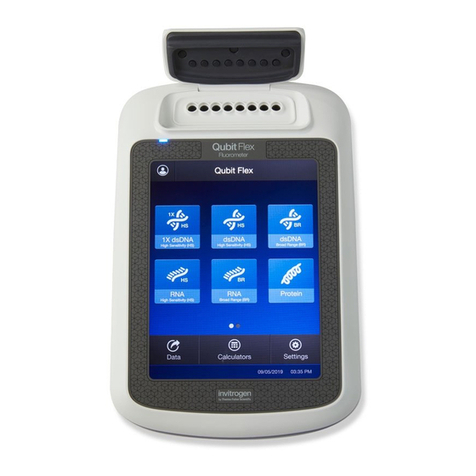
Thermo Scientific
Thermo Scientific Invitrogen Qubit Flex Fluorometer user guide

Harvard Apparatus
Harvard Apparatus VentElite 55-7040 user manual
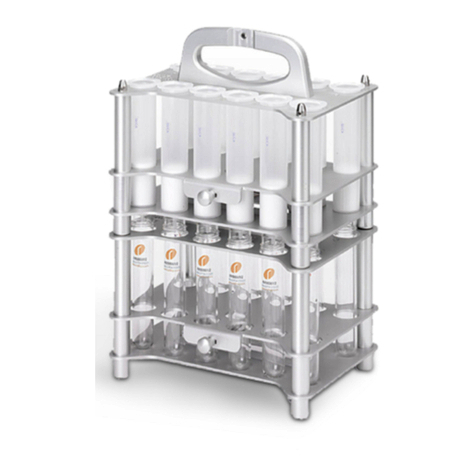
Radleys
Radleys Carousel Work-Up Station instructions
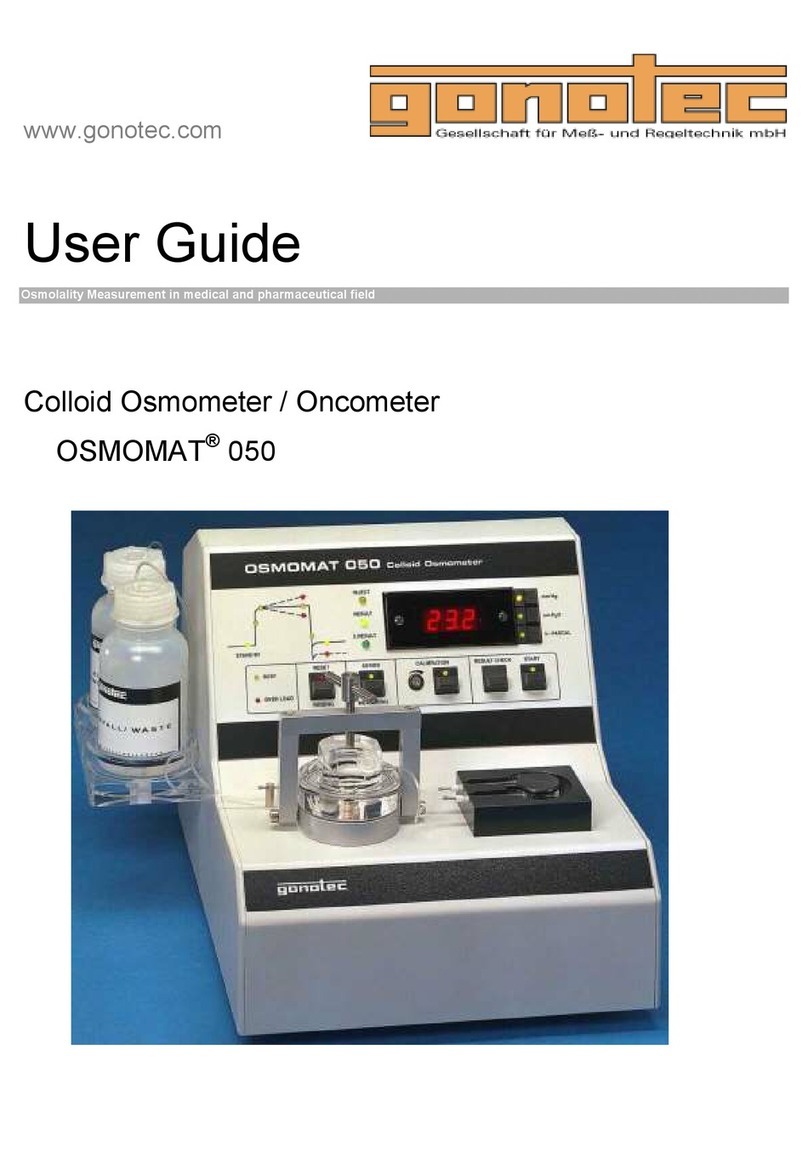
Gonotec
Gonotec OSMOMAT 050 user guide
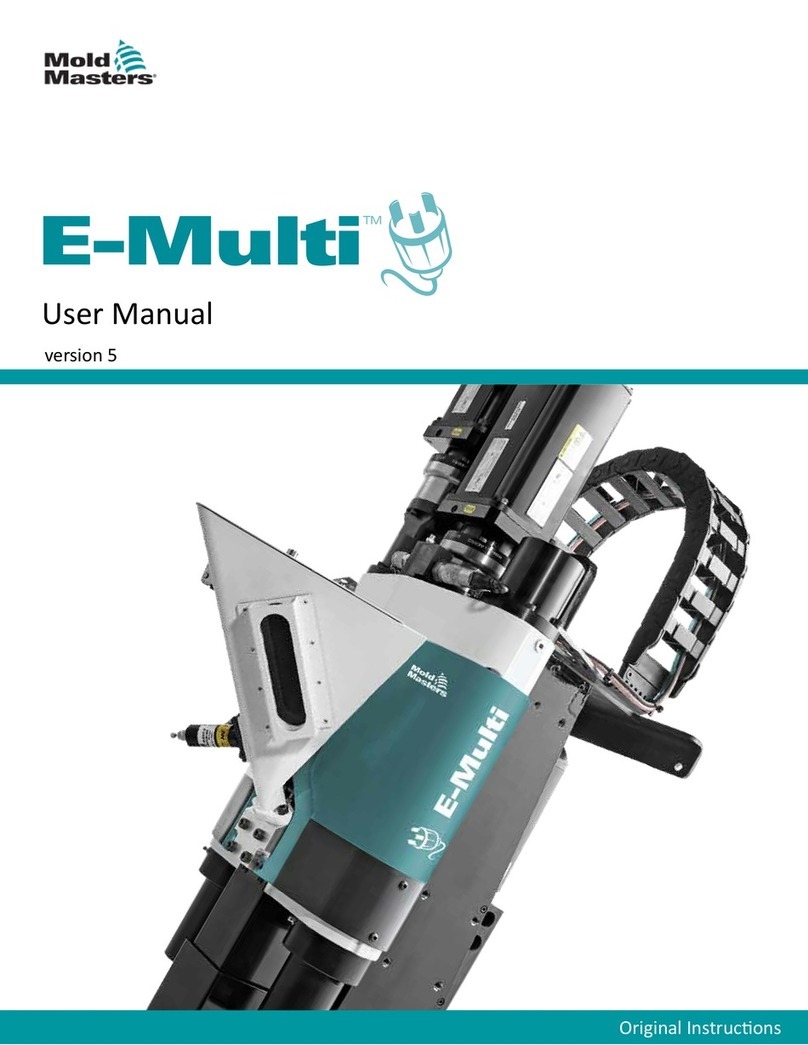
Mold-Masters
Mold-Masters E-Multi ER1-15 user manual

Logos
Logos Quantom Tx user manual

Fisher Scientific
Fisher Scientific Isotemp 11-800-49S/.57A instruction manual

Mania
Mania WONDERRAY UV instruction manual
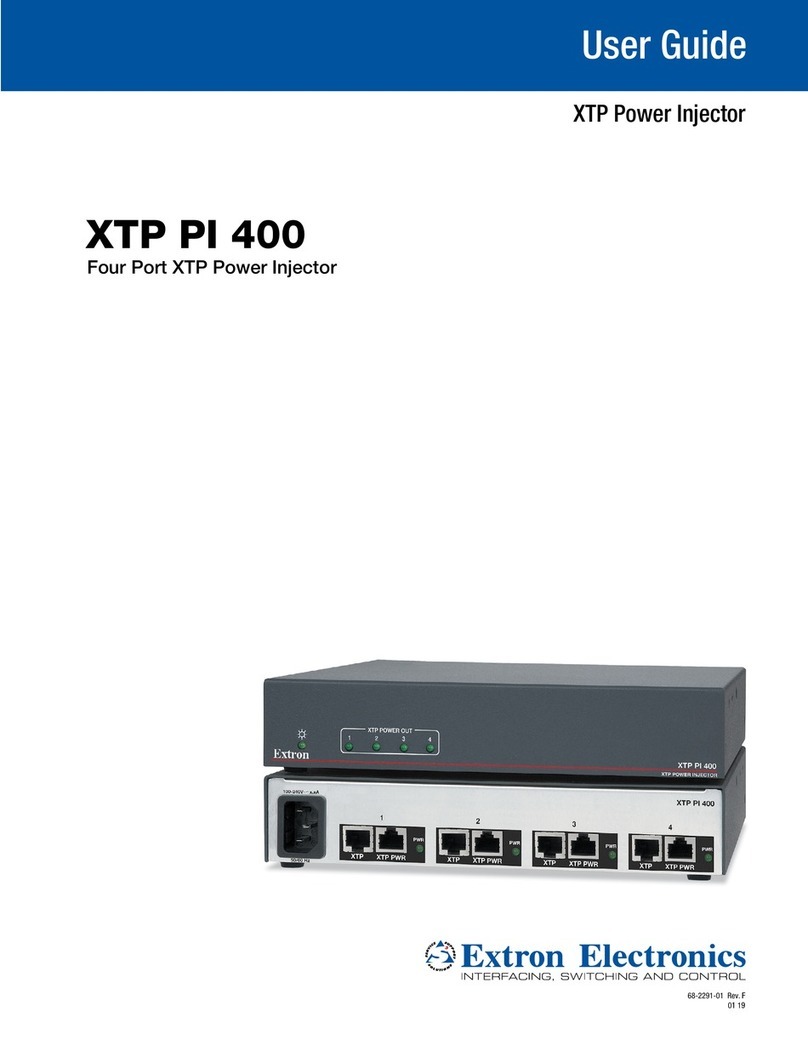
Extron electronics
Extron electronics XTP PI 400 user guide

Phcbi
Phcbi IncuCyte MCO230AICUV Instructions for use

Qiagen
Qiagen QIAcuity 911000 Information and installation guide
